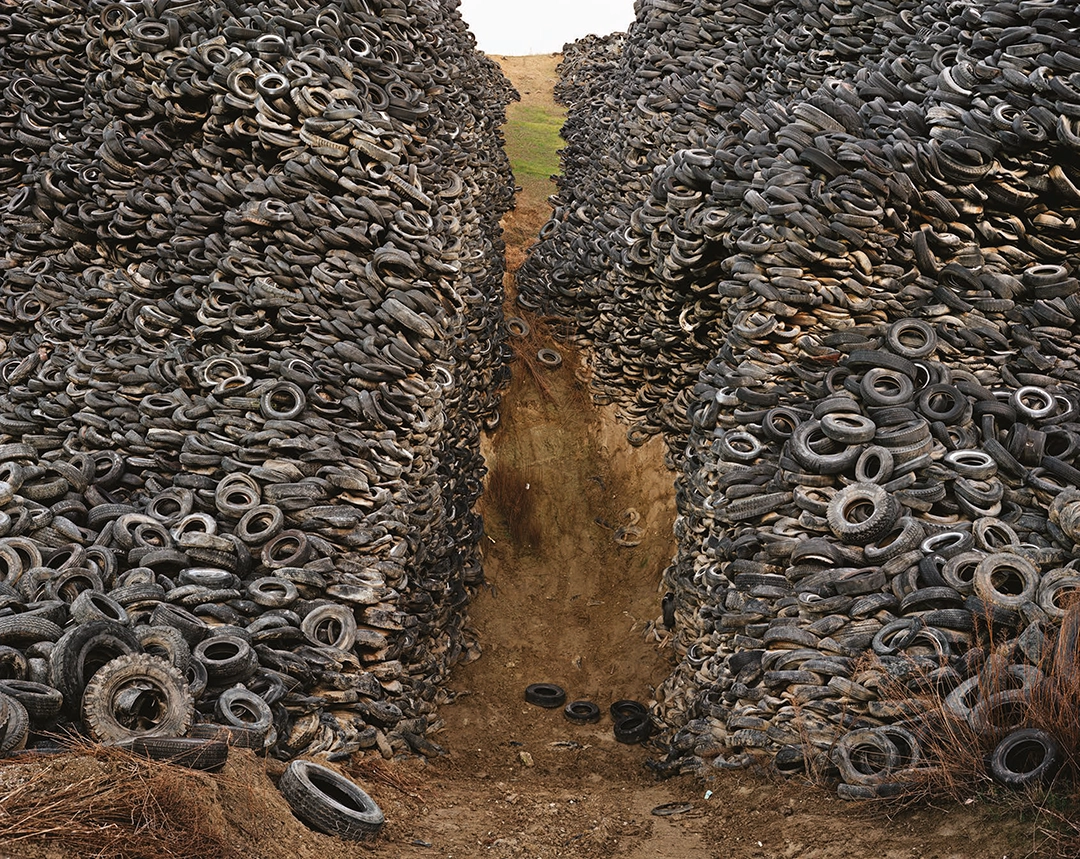 Go to English Version
Go to English VersionI have always been drawn to the biblical passage in which God asks Moses to stretch out his hand over the sea. He summons a powerful wind from the east, cleaving the waters and opening the path through which the people of Israel will advance.
I look at this image and, after a moment in which I enjoy the analogy, a distant sense of dread overtakes me. Very distant, to be clear; I want to be honest.
Around me, almost everything is new. Wherever I go, everything gleams. I left behind the society of mending, of extreme thrift—not out of conscience but out of necessity.
I arrived in a promised land, magical, almost biblical, where you can buy seasonal fruit in every season. A land of competition and seduction. While the natural world is often beautiful, for it to stand out amid so much nature it must be even more beautiful, and so the containers appear, the packaging…
Then we hurl ourselves into the enervating labor of recycling. We see ourselves recycling and believe ourselves beautiful and righteous. Organic waste doesn’t draw much attention… we don’t carry it to the bin with the same pride, but rather with disdain. We repudiate what we pile up. We care very little about where all that each of us produces is actually taken. Somewhere within our precious promised land lie mountains of garbage.
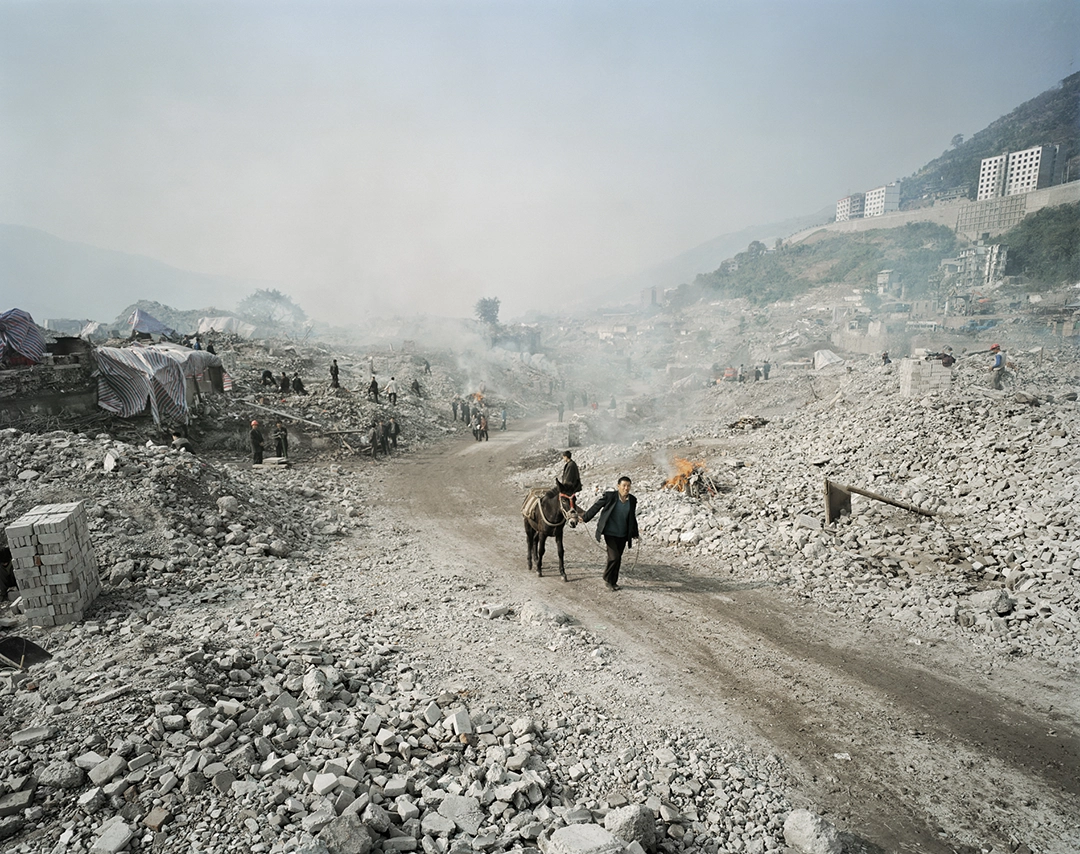
The Canadian photographer Edward Burtynsky has built his career documenting what he calls “altered landscapes”: visible traces, the scars left on the natural world by humanity’s perpetual hunger. Refineries, mountainsides carved away like scoops of ice cream, and similar scenes.
In 1999 he passed through a site where towers of tires languished on the outskirts of Modesto, California. A somewhat surreal vision, he noted, almost sublime. He felt he was entering a synthetic world: millions of stacked tires, five stories high, a forest of rubber stretching all the way to the horizon.
Months later that black mountain was struck by lightning. It burned at more than 2,000 degrees and filled the sky with black smoke. It took a month to extinguish, but the tires had already melted. More than 250,000 gallons of foul, toxic oil seeped downward in search of the groundwater.

Stromatolites in Sharkbay
Perhaps crushed by so much misery, Burtynsky has tried since 2012 to carve out time each year to photograph “pristine landscapes,” untouched places. I don’t know if as an archive or simply to see them before they become dumps. It is possible that, despite their incredible beauty, they too can be read as warnings.
Earlier this year he traveled to Shark Bay, a UNESCO World Heritage site on the westernmost edge of Australia. The bay is famous for the stromatolites lining its coast—rocky structures formed by successive layers of microorganisms that, as they grow, trap sediments and, when they die, leave behind deposits that harden and calcify over time. They are considered the oldest fossils on the planet. When the Ediacaran biota emerged in the Precambrian, they had already been there for three billion years.
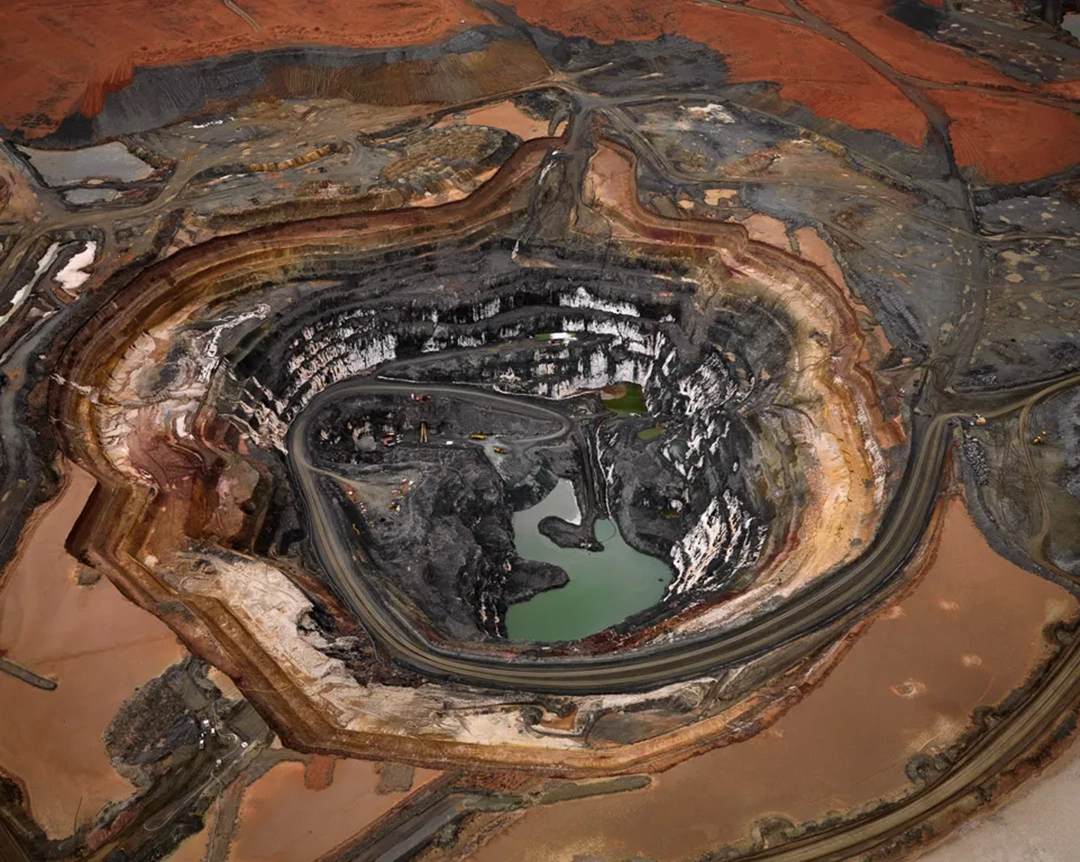
Burtynsky observed them from the air, leaning his camera out the window of a Cessna 210. He refused to step on them, refused even to get close. A gesture that speaks for itself.
Let us return to the sea of tires that some force—less divine but no less effective—has opened. What lies on the other side? Immaculate landscapes? Is the promised land one without garbage?
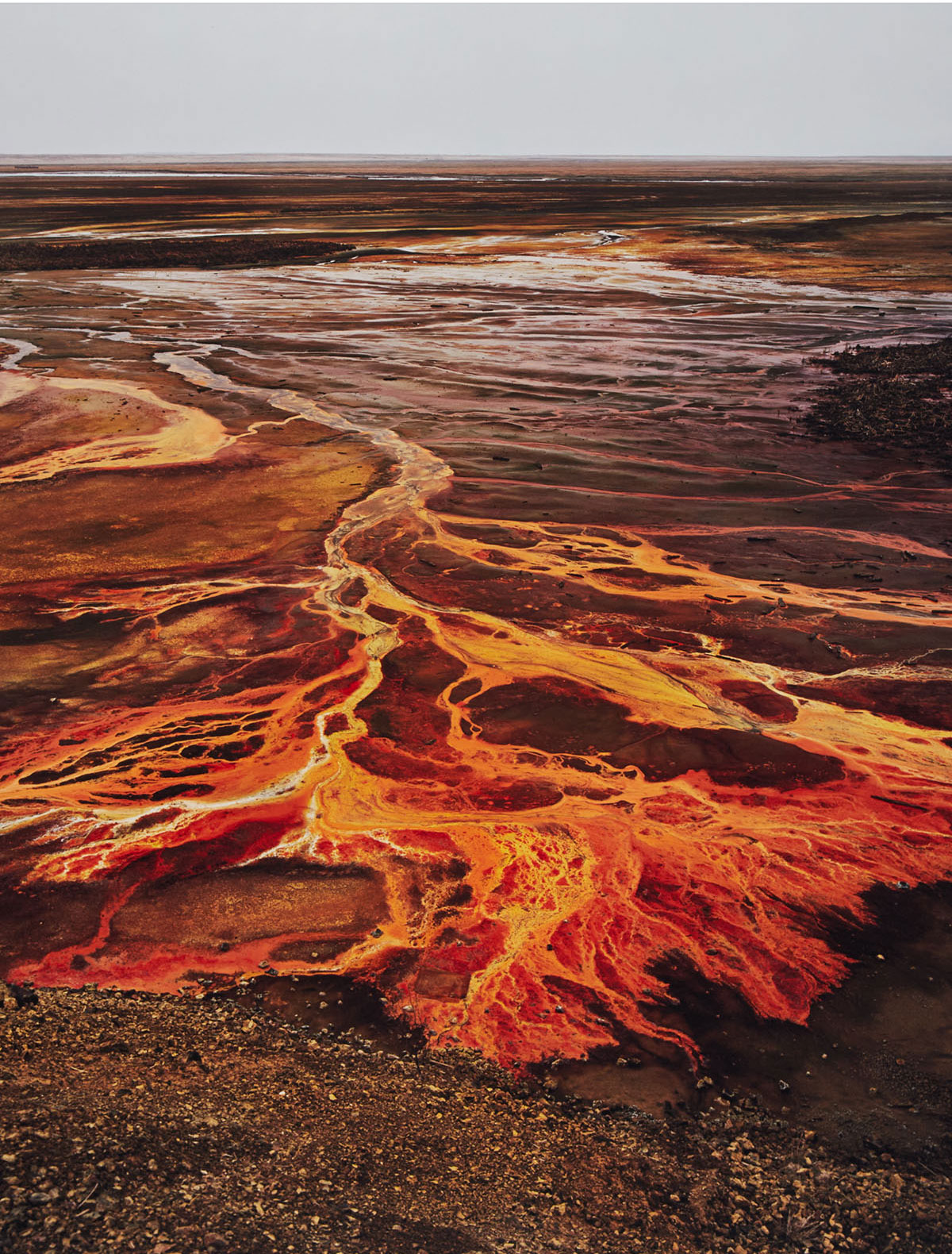




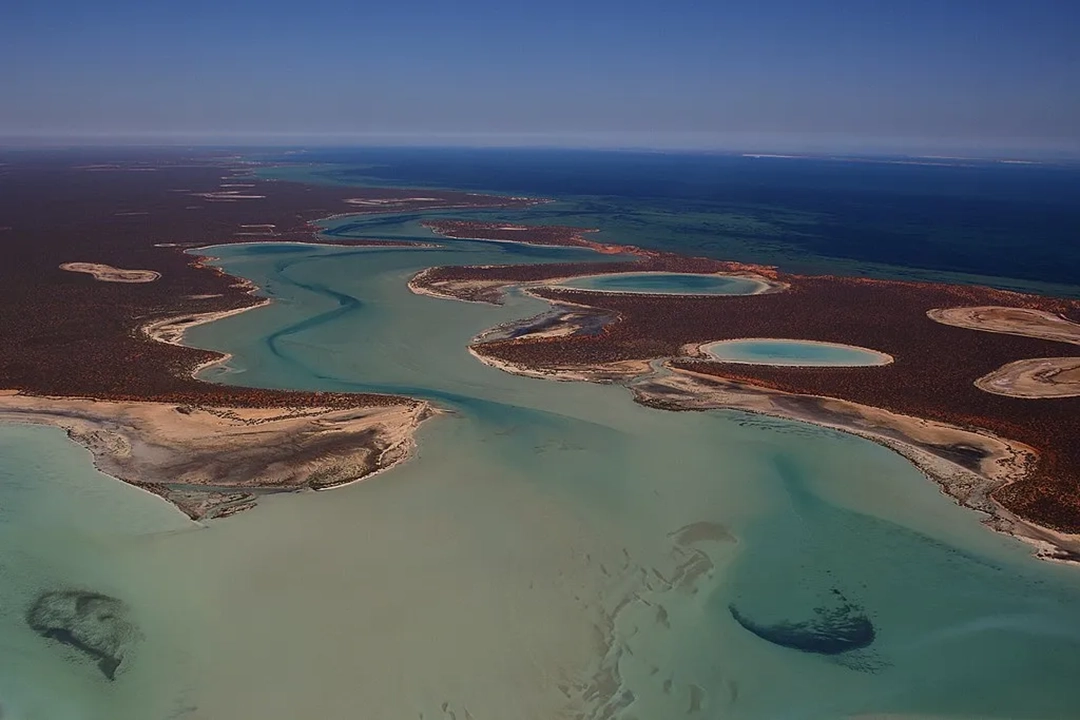




Comments powered by Talkyard.